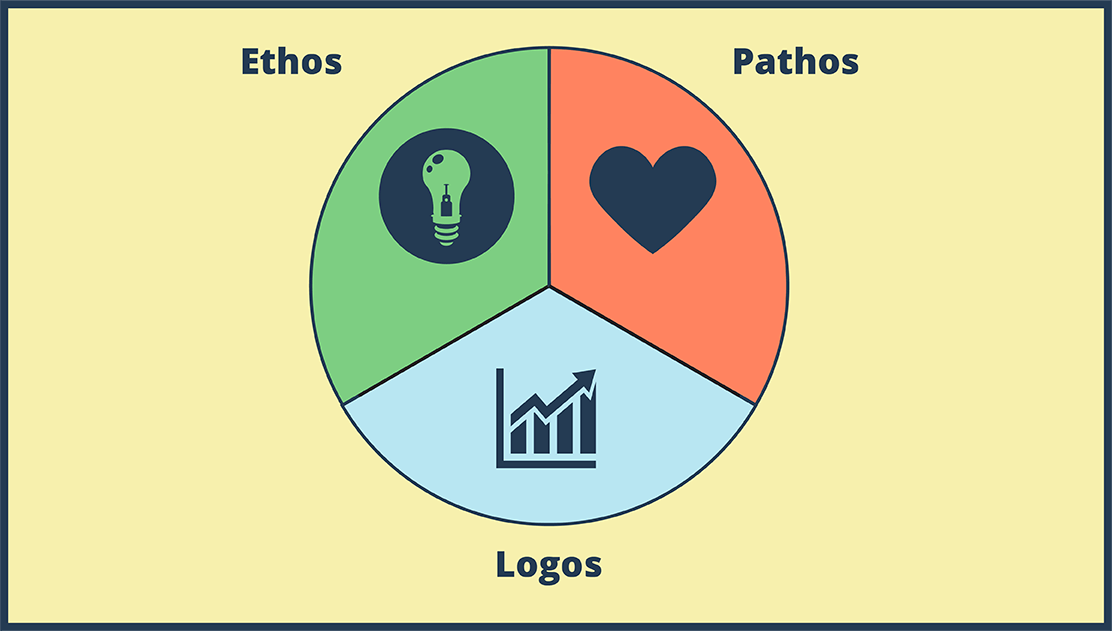Reproduction

Puteți găsi acest scenariu în următoarele articole și resurse:

Predarea Organelor Reproductive
Planuri de Lecție de Patrick Healey
Predarea adolescenților despre organele de reproducere poate fi o sarcină incomodă. Luarea acestui subiect într-o abordare științifică va elibera o mare parte din acest stres. Organele de reproducere se aplică tuturor. Aceasta este anatomia corpului nostru și, din punct de vedere științific, nu este diferită de a discuta despre inimă, creier etc.
'
Consultați câteva dintre celelalte articole educaționale!
Storyboard Descriere
Human Reproduction - The path of reproductive cells
Storyboard Text
- PATH OF REPRODUCTIVE CELLS
- Reproduction can be a complicated process. Let's break it down and find out how it works!
- Reproduction
- REPRODUCTIVE CELLS
- TESTIS
- EPIDIDYMIS
- Reproduction can be made simple by following the development and path of reproductive cells.
- VAS DEFERENS
- Sperm cells are the male reproductive cells formed in the testes. An egg is the female reproductive cell formed in the ovaries.
- PROSTATE
- Testes are egg-shaped organs where the sperm is produced. Testes are made up tightly coiled tubes called seminiferous tubules.
- SEMINAL VESICLES
- After being produced in the seminiferous tubules, sperm travel to the epididymis, where they mature.
- URETHRA AND PENIS
- The vas deferens is a long tube that connects the epididymis to the urethra. This is the path for sperm cells.
- The prostate secretes an alkaline (basic) fluid that neutralizes the acids in the female reproductive system.
- Seminal vesicles produce a fluid rich in sugars that sperm use for energy. This fluid, added with the fluid from the prostate gland, will be combined with sperm cells to make semen.
- Sperm leave the body by passing through the urethra. The penis deposits sperm in the female reproductive system during sexual activity.
- OVARIES
- VAGINA
- CERVIX
- UTERUS
- Each month, the female reproductive system prepares for a possible pregnancy by releasing a mature egg cell from the ovaries.
- FERTILIZATION
- The vagina is a muscular canal that leads from the outside of the body to the uterus. Sperm cells enter through the vagina during intercourse.
- FALLOPIAN TUBES
- The cervix is a narrow portion at the bottom of uterus that provides an opening to the uterus from the vagina. The cervix will need to dilate during labor.
- UTERUS
- The uterus is a hollow, muscular organ which expands during pregnancy. The uterine walls build up and break down during the ovulation cycle, causing menstruation.
- PATH OF REPRODUCTIVE CELLS
- Reproduction
- When a sperm cell and egg unite, cell division begins. If fertilization takes place, it will happen in the fallopian tubes.
- The fallopian tubes serve as a passageway for the ovum from the ovary to the uterus. Smooth muscle contractions and cilia move ovum towards the uterus.
- If an ovum is fertilized, it will implant in the wall of the uterus, starting the first stages of pregnancy.
- The first signs of pregnancy usually show up after about two weeks. About half the time, a fertilized egg does not implant and pregnancy will not begin.
- That wasn't so bad! Are there any questions?
Peste 30 de milioane de Storyboard-uri create
Fără Descărcări, Fără Card de Credit și Fără Autentificare Pentru a Încerca!




